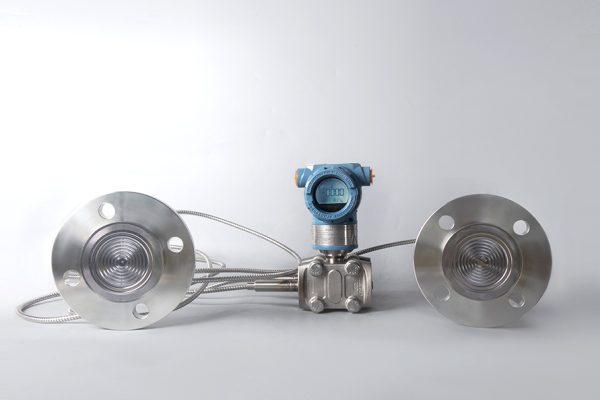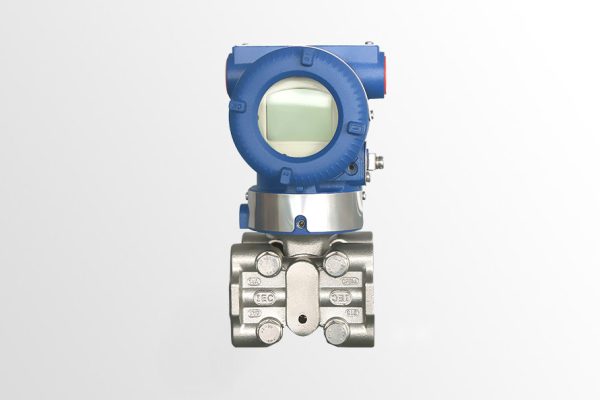The range of a pressure transmitter mainly needs to pay attention to three aspects: the maximum measurement range, the minimum measurement range, and the fault tolerance range.
1. Maximum measurement range: This refers to the maximum pressure value that a pressure transmitter can measure. For example, if the range of a pressure transmitter is 0~1MPa, then its maximum measurement range is 1MPa. During use, the maximum measurement range should not be exceeded to avoid damaging the pressure transmitter.
2. Minimum measurement range: This refers to the minimum pressure value that a pressure transmitter can measure. Similarly, if a pressure transmitter has a range of 0~1MPa, its minimum measurement range is usually 0. During use, be careful not to lower the measured value below this small measurement range to avoid inaccurate measurements.
3. Fault tolerance range: also known as error range or acceptable error range, it usually refers to the maximum error range that a pressure transmitter can accept within its range. Within this range, the measured values are acceptable. When using, it is necessary to determine whether it meets the requirements based on specific application scenarios and requirements.
In addition, smart pressure transmitters may have specific terms to describe the upper and lower limits of the measurement range, such as Variable Lower Limit (VLL) and Variable Upper Limit (VLU), which can help with more precise settings and usage.
In practical applications, it is also necessary to consider the limitations when measuring stable pressure, that is, the maximum working pressure should not exceed 3/4 of the instrument range, while for pulsating pressure, the maximum working pressure should not exceed 2/3 of the range, and for high-pressure measurement, the maximum working pressure should not exceed 3/5 of the range. To ensure measurement accuracy, the minimum working pressure should not be lower than 1/3 of the range.








